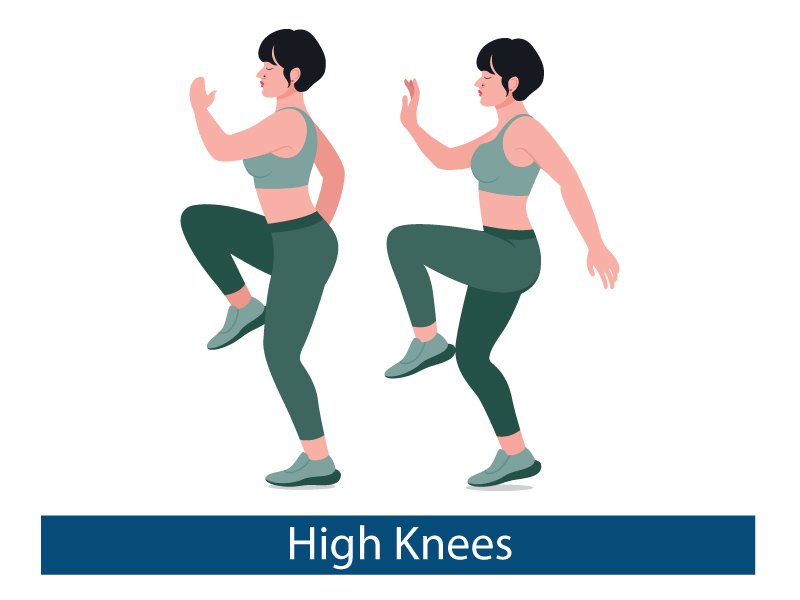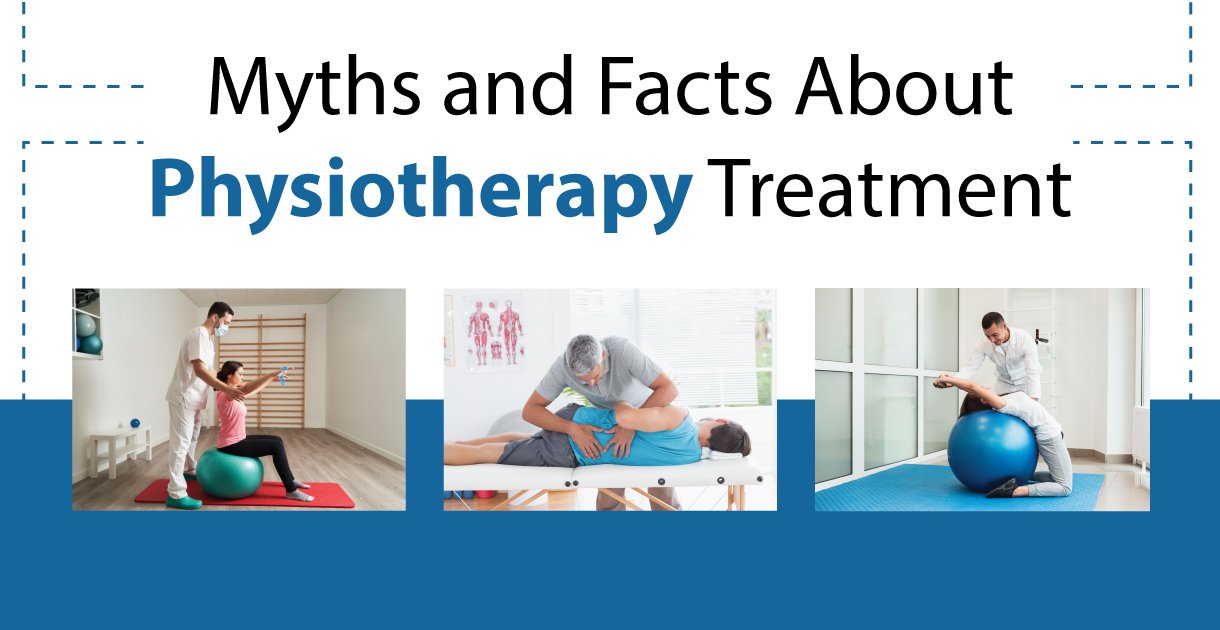What is Neuro Rehabilitation? Symptoms, Diagnosis, Treatment
Neurological rehabilitation, also known as neurorehabilitation, is a specialized form of rehabilitation that aims to improve the functioning and quality of life of individuals who have experienced injury, illness, or disease affecting the nervous system. This type of rehabilitation is typically focused on the brain, spinal cord, and nerves.
In this blog, we will explore the different aspects of neurorehabilitation, including its various treatment modalities and how it can help individuals recover from neurological injuries and conditions. We will also discuss some of the common symptoms and diagnoses that may warrant neurorehabilitation and how to find appropriate resources for care.
What is Neuro Rehabilitation?
Neurorehabilitation refers to providing medical care and therapy to individuals who have experienced a neurological injury or disorder, such as a stroke, traumatic brain injury, spinal cord injury, or multiple sclerosis. Neurorehabilitation aims to help individuals regain as much physical and cognitive function as possible and improve their quality of life.
Neurorehabilitation typically involves a team of healthcare professionals, such as neurologists, physiatrists, physical therapists, occupational therapists, speech-language pathologists, and psychologists. Treatment may include a combination of medications, exercises, and therapies designed to help individuals relearn how to perform daily activities, such as walking, eating, dressing, and communicating.
Neurorehabilitation may occur in various settings, including hospitals, outpatient clinics, rehabilitation centers, and the home. The specific approach to neurorehabilitation depends on the individual’s particular needs, the severity of their injury or condition, and other factors.
Symptoms of Neuro Rehabilitation
Neurorehabilitation is a type of rehabilitation focused on treating and managing individuals with neurological conditions, such as stroke, traumatic brain injury, multiple sclerosis, and Parkinson’s disease. The symptoms of neurorehabilitation depend on the specific neurological condition and the individual’s unique situation, but some common symptoms of neurorehabilitation include:
- Motor difficulties: Individuals with neurological conditions often experience weakness, tremors, spasticity, and poor coordination
- Sensory impairments: Neurological conditions can cause sensory impairments such as numbness, tingling, and loss of sensation in different body parts
- Cognitive deficits: Individuals with neurological conditions can experience cognitive deficits such as memory loss, difficulty with attention and concentration, and language problems
- Emotional and behavioral changes: Neurological conditions can cause emotional and behavioral changes such as depression, anxiety, irritability, and aggression
- Fatigue: Fatigue is a common symptom of neurological conditions, and it can affect an individual’s ability to participate in rehabilitation activities
- Pain: Some neurological conditions can cause chronic pain, affecting an individual’s ability to participate in rehabilitation activities
- Speech and communication difficulties: Individuals with neurological conditions can experience difficulty with speech and communication, including problems with understanding and producing language and difficulty swallowing
- Balance and coordination problems: Neurological conditions can cause problems with balance and coordination, increasing the risk of falls and making it difficult to perform daily activities
Overall, the symptoms of neurorehabilitation can be wide-ranging and vary depending on the specific neurological condition and the individual’s unique situation. Individuals with neurological conditions must work closely with their healthcare team to develop a personalized neurorehabilitation plan that addresses their needs and goals.
Diagnosis of Neuro Rehabilitation
The diagnosis of neurorehabilitation involves a variety of methods, including:
- Medical history: The first step in diagnosing neurorehabilitation is taking a detailed medical history of the patient. It includes information about the onset of symptoms, the progression of the condition, and any relevant medical history
- Physical examination: A physical examination is then conducted to assess the patient’s neurological function. It may include testing strength, sensation, reflexes, coordination, and balance
- Neuroimaging: Neuroimaging tests such as magnetic resonance imaging (MRI) or computed tomography (CT) scans may be used to visualize the brain’s structure and identify abnormalities
- Electrophysiological tests: Electrophysiological tests such as electroencephalography (EEG) or nerve conduction studies may be used to evaluate the brain’s or nerves’ electrical activity
- Neuropsychological testing: Neuropsychological testing may assess the patient’s cognitive function, including memory, attention, and problem-solving skills
- Functional assessments: Functional assessments may be used to evaluate the patient’s ability to perform activities of daily living, such as bathing, dressing, and eating
- Gait analysis: Gait analysis may assess the patient’s walking ability and identify abnormalities or impairments
Based on the results of these tests, a diagnosis is made, and a personalized rehabilitation plan is developed to help the patient recover or adapt to their neurological impairment.
Treatment of Neuro Rehabilitation
The specific treatment plan for neurorehabilitation depends on the individual’s condition and needs. However, some common approaches to neurorehabilitation include:
- Medications: Medications can manage symptoms such as muscle spasticity, pain, and seizures
- Physical Therapy: Physical therapy involves exercises and activities designed to improve mobility, strength, balance, and coordination
- Occupational Therapy: Occupational therapy focuses on activities of daily living, such as dressing, grooming, and eating. It helps individuals regain their independence and improve their quality of life
- Speech Therapy: Speech therapy treats communication disorders, such as aphasia or dysarthria, and swallowing problems
- Cognitive Rehabilitation: Cognitive rehabilitation focuses on improving cognitive skills such as memory, attention, and problem-solving
- Psychological Support: Individuals with neurological conditions often experience emotional and psychological challenges. Psychological support can help individuals cope with these challenges and improve their mental health
- Assistive Devices: Assistive devices such as wheelchairs, walkers, and communication aids can help individuals with neurological conditions to regain their independence
Overall, neurorehabilitation aims to help individuals with neurological conditions regain their independence, improve their quality of life, and achieve their full potential.
What is Neuro Physiotherapy?
Neuro physiotherapy is a type of physiotherapy that focuses on the rehabilitation and treatment of individuals who have neurological conditions or disorders affecting the brain, spinal cord, and nerves. Neuro physiotherapy aims to help these individuals regain as much physical function and independence as possible.
Neuro physiotherapy can be helpful for people with a range of neurological conditions, including stroke, multiple sclerosis, Parkinson’s disease, traumatic brain injury, spinal cord injury, cerebral palsy, and other neurological disorders. It involves a range of exercises, activities, and techniques to improve movement, balance, coordination, strength, and flexibility.
Neuro physiotherapy aims to help patients achieve their optimal level of function and quality of life. Neuro physiotherapists may use various techniques and equipment to help patients achieve their goals. These may include exercises to improve range of motion and strength, balance training, gait retraining, task-specific training, functional electrical stimulation, and other modalities. They may also provide education and advice on preventing future injuries and managing symptoms.
Role of doctors in Neuro Rehabilitation
Doctors play a crucial role in neurorehabilitation by leading a multidisciplinary team of healthcare professionals caring for patients with neurological conditions.
Here are some specific roles of doctors in neurorehabilitation:
- Diagnosis and assessment: Doctors are responsible for identifying the type, severity, and extent of the patient’s neurological condition. They use diagnostic tests and assessments to determine the patient’s functional abilities and limitations and any co-existing medical conditions
- Treatment planning: Based on the diagnosis and assessment, doctors work with the multidisciplinary team to develop an individualized treatment plan that includes medication management, therapy, and other interventions to improve the patient’s function, independence, and quality of life
- Monitoring and management: Doctors oversee the patient’s care and monitor their progress throughout the rehabilitation process. They adjust the treatment plan as needed to ensure optimal outcomes
- Coordination of care: Doctors work closely with other members of the rehabilitation team, such as physical therapists, occupational therapists, speech therapists, and psychologists, to coordinate the patient’s care and ensure that all aspects of their rehabilitation are integrated and effective
- Patient and family education: Doctors play a critical role in educating patients and their families about the nature of the neurological condition, the rehabilitation process, and strategies for managing symptoms and promoting recovery
Call to Action
Doctors are essential members of the neurorehabilitation team, providing clinical expertise, leadership, and guidance to optimize the care of patients with neurological disorders or injuries. If you are looking for the best physiotherapist, Dr. Niraj Patel is all you need! He is an expert in this field and practices at the Physiotherapy clinic named: Om Physio Plus Nutrition.

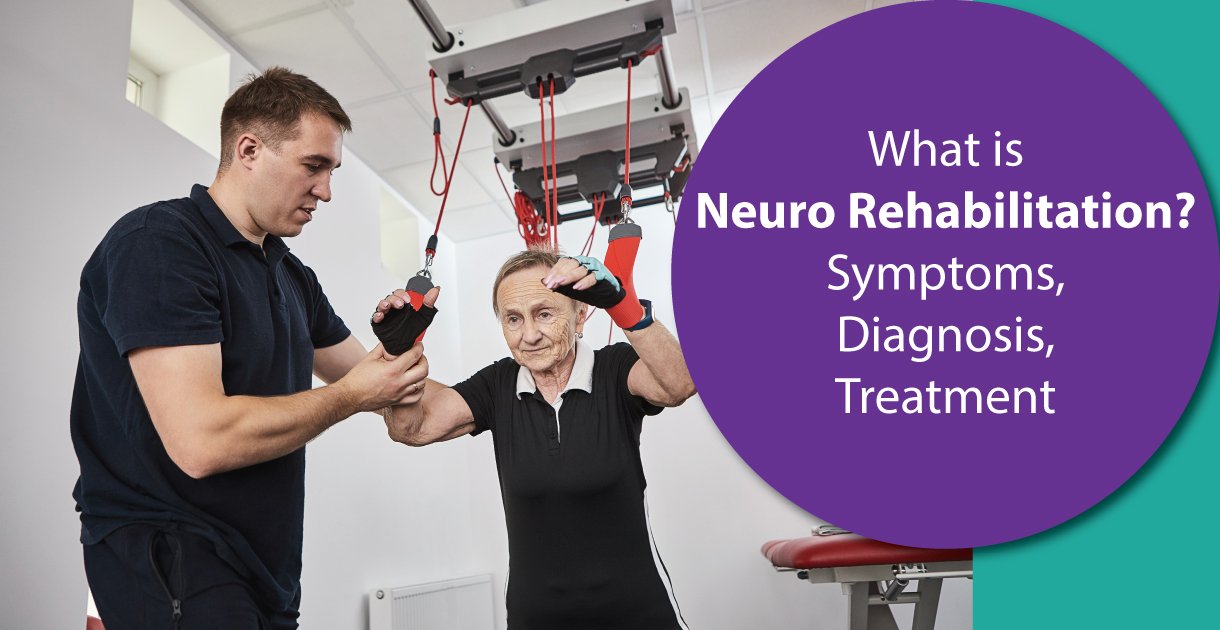


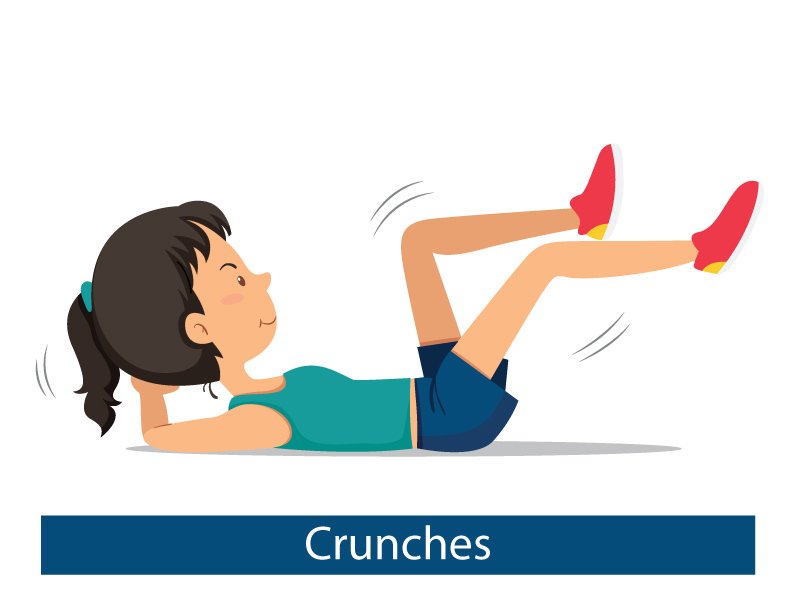




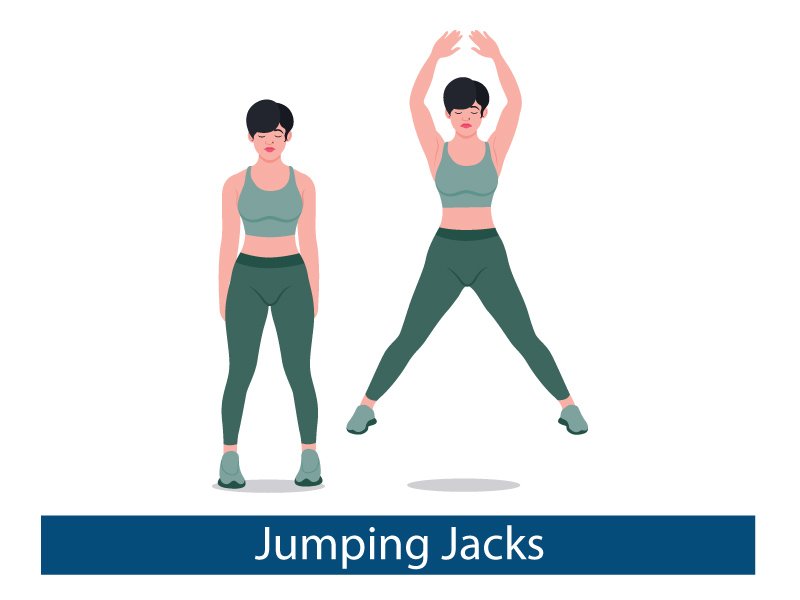
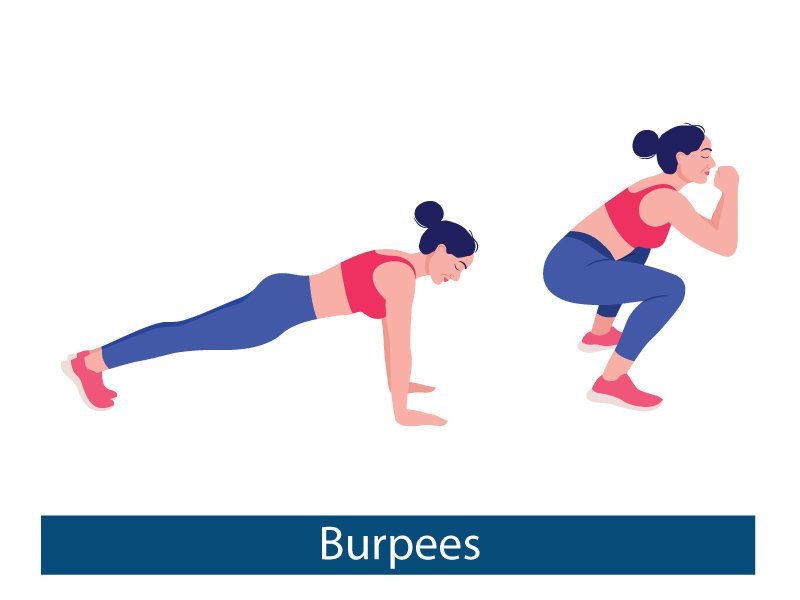 Squats: Squats are a powerful exercise for strengthening the legs and core muscles. They also help to boost metabolism and burn fat all over the body, including the belly.
Squats: Squats are a powerful exercise for strengthening the legs and core muscles. They also help to boost metabolism and burn fat all over the body, including the belly.

